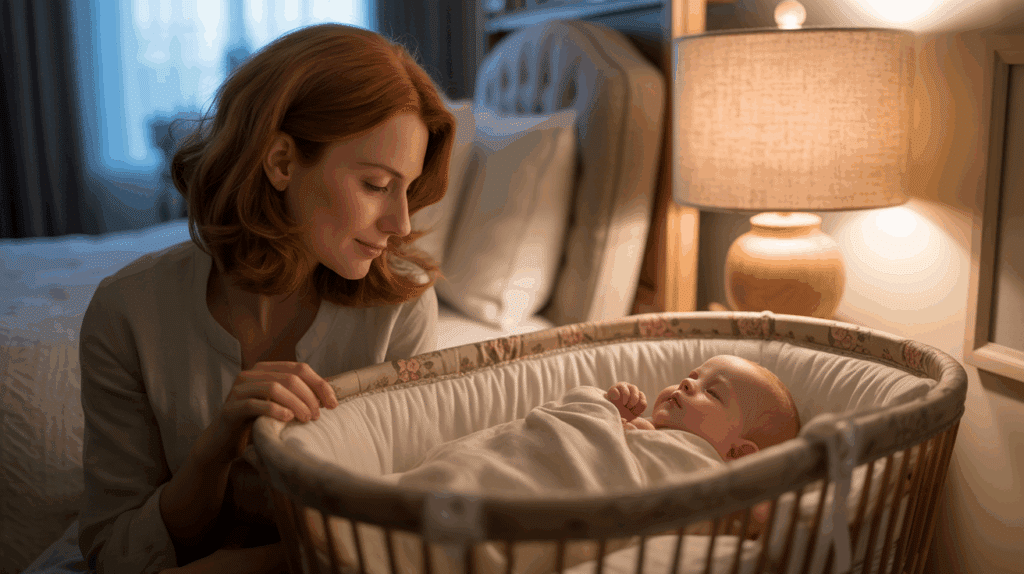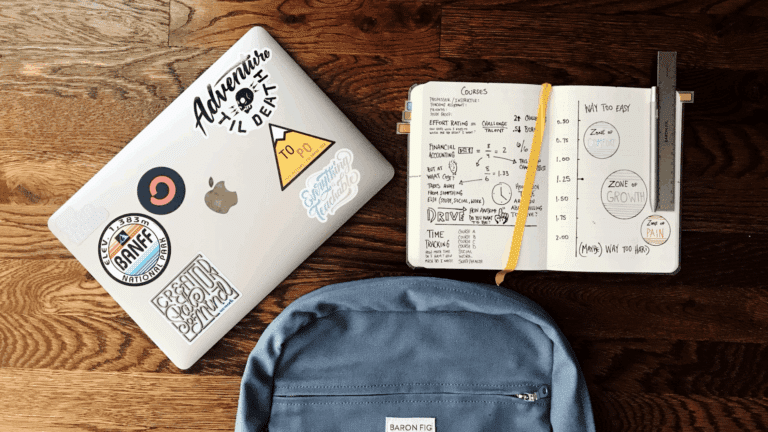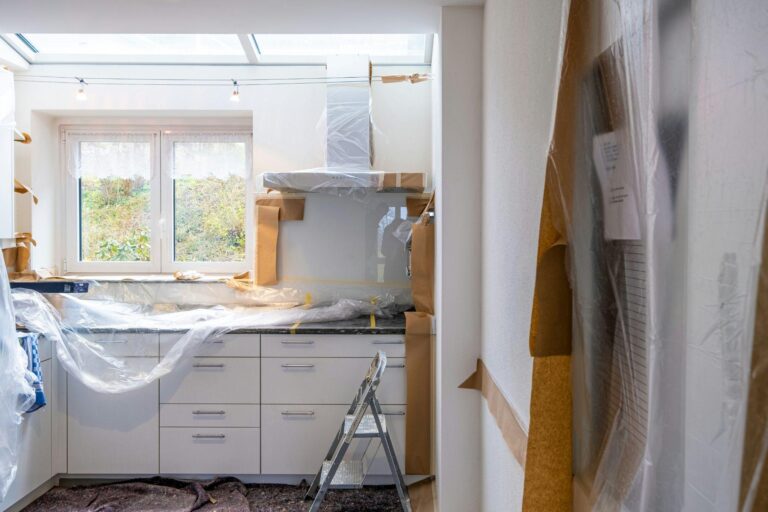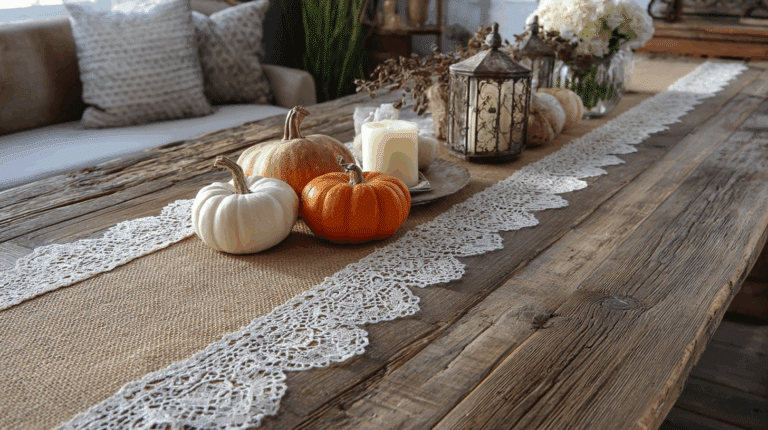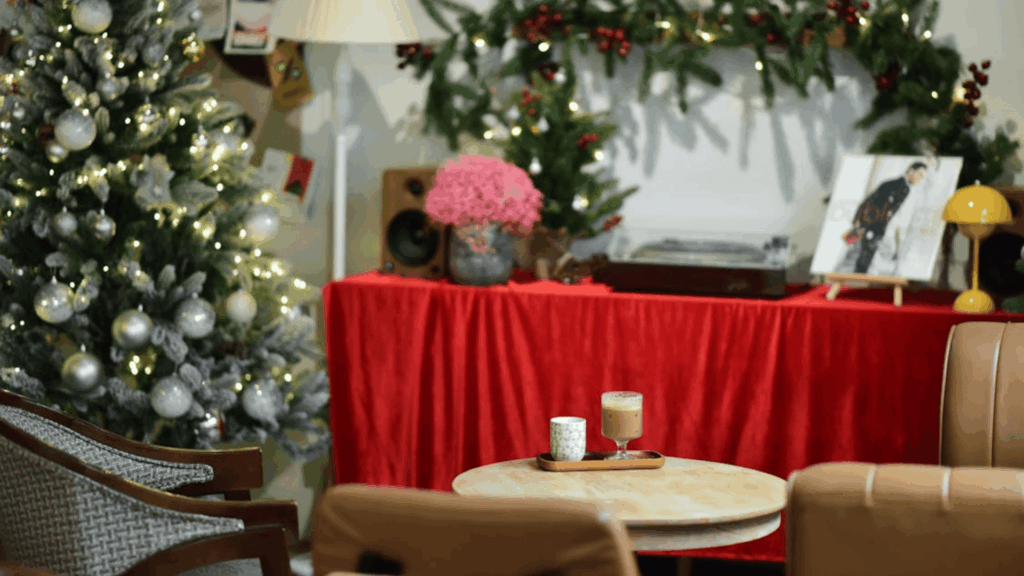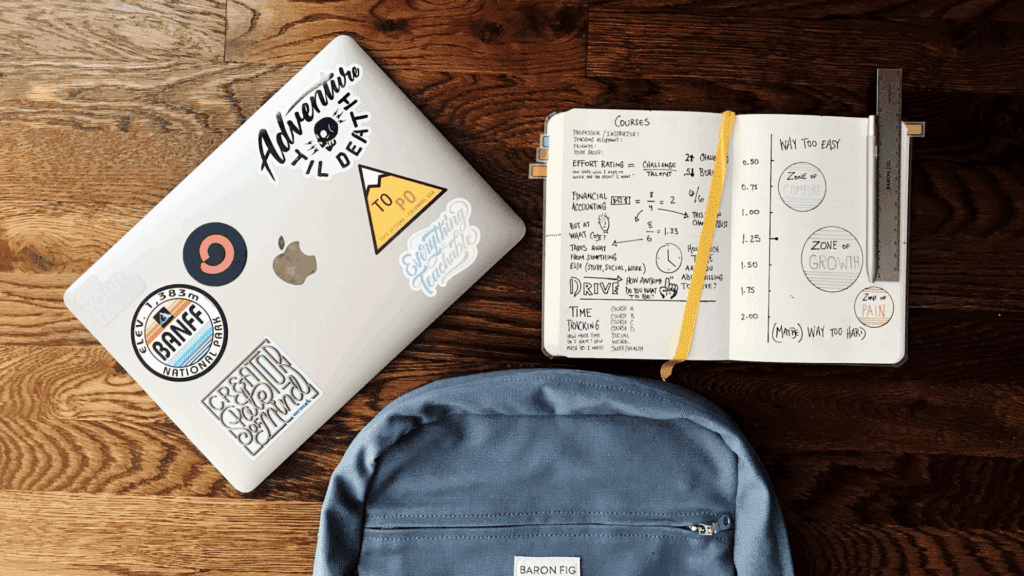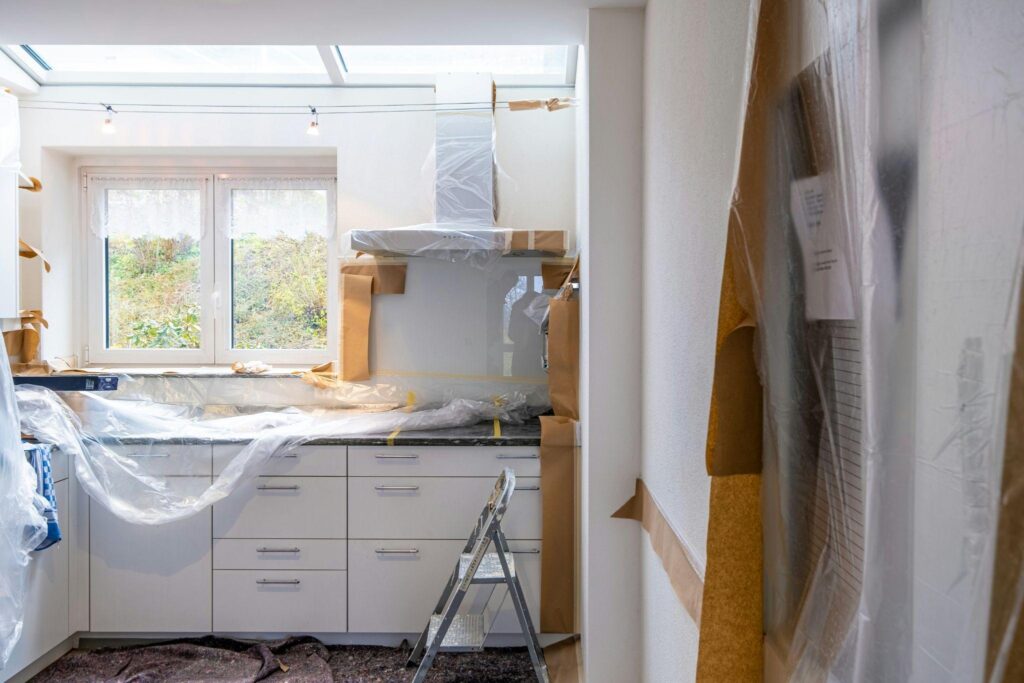First-time parents stare at baby store aisles filled with sleep options. Cribs, bassinets, co-sleepers – the choices seem to multiply by the day.
“Do I need a bassinet?” This question pops up for almost every new parent planning their baby’s arrival.
Many parents wonder if a bassinet is worth buying or if a crib alone would work just fine. The cost adds up quickly when preparing for a new baby, so making smart choices matters.
However, Parents can make this decision with the right facts in hand. This blog will look at what bassinets offer, when they help most, and if parents truly need one for their little one.
Let’s find the best sleep setup for both baby and parents.
What is a Bassinet?
A bassinet is a small bed made just for babies from birth to about 4-6 months old.
It’s much smaller than a crib and stands on legs, a stand, or a base, raising the sleeping area from the floor. This height makes it easier for parents to put down and pick up their baby without bending over too much.
Most bassinets are oval or rectangular-shaped with mesh sides that allow air to flow through. They’re built to be moved from room to room, unlike cribs, which typically stay in one spot. Many weigh under 20 pounds, while cribs can weigh 50 pounds or more.
Parents can choose from many types. Traditional bassinets look like small wicker beds with hoods. Bedside models attach to the parents’ bed for easy reach during night feeds.
Travel bassinets fold flat for trips away from home. Some high-tech options come with sounds, gentle rocking, or apps that track the baby’s sleep.
Are Bassinets Safe to Use?
Yes, bassinets can be very safe when they meet current safety standards and parents use them correctly. Modern bassinets must follow strict rules to keep babies protected during sleep.
There are the following Safety Standards to look for when choosing a bassinet:
- ASTM certification (American Society for Testing and Materials)
- JPMA seal (Juvenile Products Manufacturers Association)
- Breathable mesh sides for proper air flow
- Sturdy, stable base that won’t tip over
- A firm, flat mattress that fits snugly
- No gaps larger than two fingers between the mattress and the sides
Parents should place the bassinet away from cords, heaters, and pets. The sleeping area should contain only the mattress with a fitted sheet – no blankets, pillows, stuffed animals, or bumper pads. Babies should always be placed on their backs to sleep.
Using Bassinet for the First Time: Key Considerations for Parents
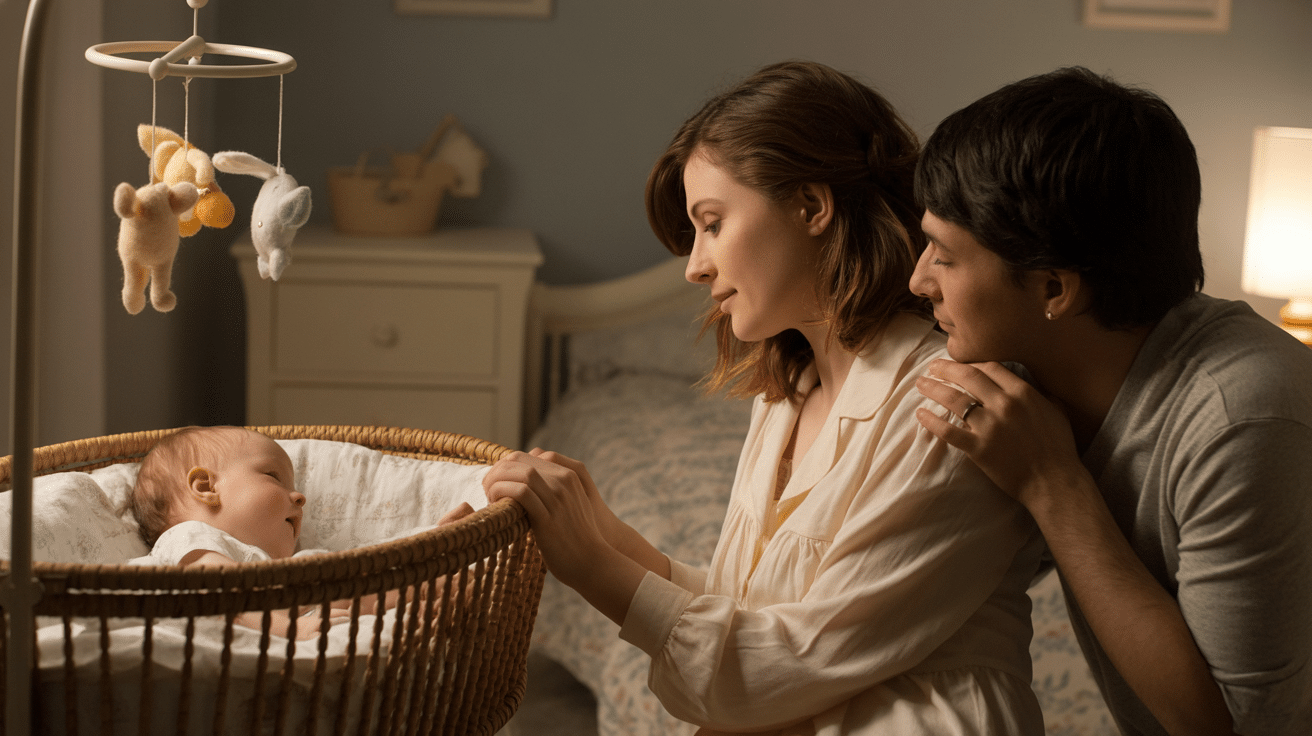
When asking- Do I need a bassinet, parents should consider their specific needs and situation. Several key factors can help determine whether a bassinet makes sense for their family.
Room Sharing vs. Bed Sharing
The American Academy of Pediatrics suggests room sharing for at least the first six months. Bassinets make this easier by fitting in small spaces next to the parents’ bed.
They offer a middle ground between bed sharing (which has safety concerns) and putting the baby in a separate room. Many parents find that having a baby close by in a bassinet leads to more rest for everyone while following safe sleep guidelines.
Space Limitations
Bassinets take up much less floor space than cribs. For homes with small bedrooms or apartments where every square foot counts, a bassinet can be the perfect solution.
Their compact size lets parents keep their baby close without rearranging their entire bedroom. Unlike bulky cribs, many can be moved easily from room to room during the day.
Budget Considerations
While buying a bassinet means an extra expense, many cost less than cribs. Parents can find basic models starting around $50, though fancier options with extra features can run much higher. Since bassinets are used for a shorter time, parents should weigh the cost against the months of use they’ll get.
Physical Recovery Needs
For mothers recovering from birth, especially C-sections, the raised height of bassinets reduces painful bending and lifting.
The higher sleeping surface means less strain on healing bodies during middle-of-the-night feedings and diaper changes. This design feature alone can make bassinets worth considering for many new mothers.
How Long Can You Use a Bassinet for?
Bassinets are designed for short-term use during a baby’s earliest months.
Most can be used from birth until about 4-6 months of age, though the exact timeline varies by baby and bassinet model.
Manufacturers set specific weight limits, typically between 15 and 20 pounds. Some compact models have lower limits around 15 pounds, while sturdier options may accommodate up to 20 pounds. These limits exist for safety reasons based on the bassinet’s structure and stability.
Parents should move their baby out of the bassinet when any of these occur:
- Baby can roll over from back to tummy.
- Baby can sit up or push up on hands and knees.
- Baby looks cramped or touches the sides frequently.
- The baby has reached the weight limit.
Safety should guide this decision rather than trying to extend bassinet use. When your baby shows these development signs, it’s time to switch to a crib, even if they haven’t reached the maximum weight.
Is a Bassinet the Right Choice? Weighing the Pros and Cons
| Pros | Cons |
|---|---|
| Portable and easy to move around | Typically lasts for a shorter period of time |
| Compact size, ideal for small spaces | Limited weight capacity |
| Creates a cozy and secure sleeping environment | Not as durable as cribs |
| Often comes with additional features (e.g., rocking or vibrations) | Babies can outgrow them quickly |
| Easier to have baby close by during night feeds | Some models may not be as stable as cribs |
| Provides a separate sleep space for baby | May not be suitable for all sleeping positions |
| Typically lightweight and easy to store | Limited storage space for baby essentials |
How Parents Can Choose the Right Bassinet for Their Baby?
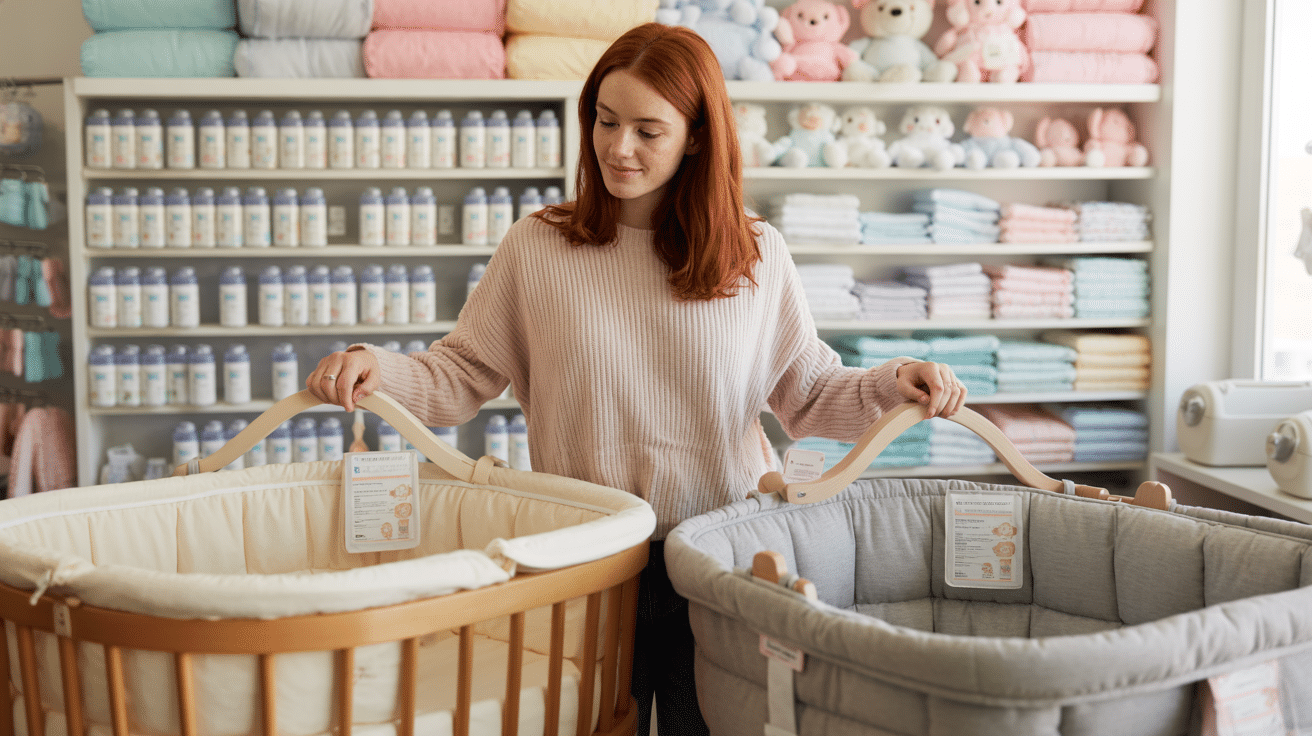
Finding the right bassinet means matching features with your family’s specific needs. Not all bassinets work the same way or offer the same benefits. When shopping for a bassinet, pay attention to these important elements:
- Safety first: Look for JPMA certification, a firm mattress, and a stable base.
- Easy cleaning: Removable, machine-washable fabric parts save time.
- Height adjustability: Models that change height to match your bed.
- Mobility: Wheels with locks help move the baby from room to room.
- Storage space: Baskets or shelves beneath for diapers and wipes.
- Rocking function: Manual or automatic options to soothe fussy babies.
- Portability: Foldable designs for travel or small spaces.
- Mesh sides: Allow air flow and let you see the baby from angles.
Different types suit various lifestyles: co-sleeper models attach to adult beds for nighttime feeding, travel bassinets fold flat for families on the go, and basic models work well for budget-conscious parents.
The best choice depends on where you’ll use it most, how much you want to spend, and which features matter most to your daily routine with a newborn.
Bassinet Alternatives: Other Safe Sleep Options for Babies
Parents who aren’t sure about bassinets have several other options for newborn sleep spaces. These alternatives offer different benefits that might better suit some families’ needs and budgets.
- Mini Cribs: These smaller versions of standard cribs typically last until a baby is 2-3 years old. They have a larger footprint than bassinets but offer much longer use. With sturdy construction and the ability to lower the mattress as the baby grows, mini cribs provide better value over time.
- Pack ‘n Plays: These multi-purpose play yards with bassinet attachments serve as sleep spaces and play areas. Many models include a newborn napper or bassinet insert that can be removed when the baby outgrows it. The base unit continues to function as a travel crib or play space for years.
- Travel Cribs: Lightweight, foldable options designed for portability work well for families who move between homes or travel often. Many weigh under 15 pounds and pack into carrying cases.
- Bedside Sleepers: These three-sided cribs attach directly to the parents’ bed, creating a separate but accessible space for the baby. With one side open to the adult bed but protected by a small barrier, parents can easily reach the baby without getting up.
- Floor Beds: Some parents choose floor mattresses in baby-proofed rooms following Montessori principles. This option requires careful room preparation but eliminates transition issues.
Final Thoughts
So, do I need a bassinet? The answer depends on your space, budget, and personal needs.
For many first-time parents, a bassinet offers a helpful middle ground during the early months. It keeps the baby close while following safe sleep guidelines.
Whatever you choose, focus on creating a safe sleep environment that works for both baby and parents.
Remember that this stage passes quickly, so pick what helps everyone rest better during those precious first months.
Have you used a bassinet with your little one? Was it worth the investment for your family? Share your thoughts in the comments below to help other parents make this decision.
If you found this guide helpful, pass it along to a friend who’s expecting!


